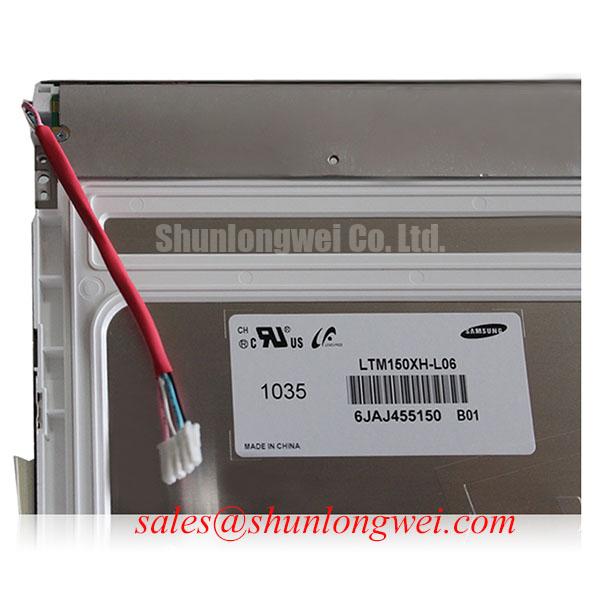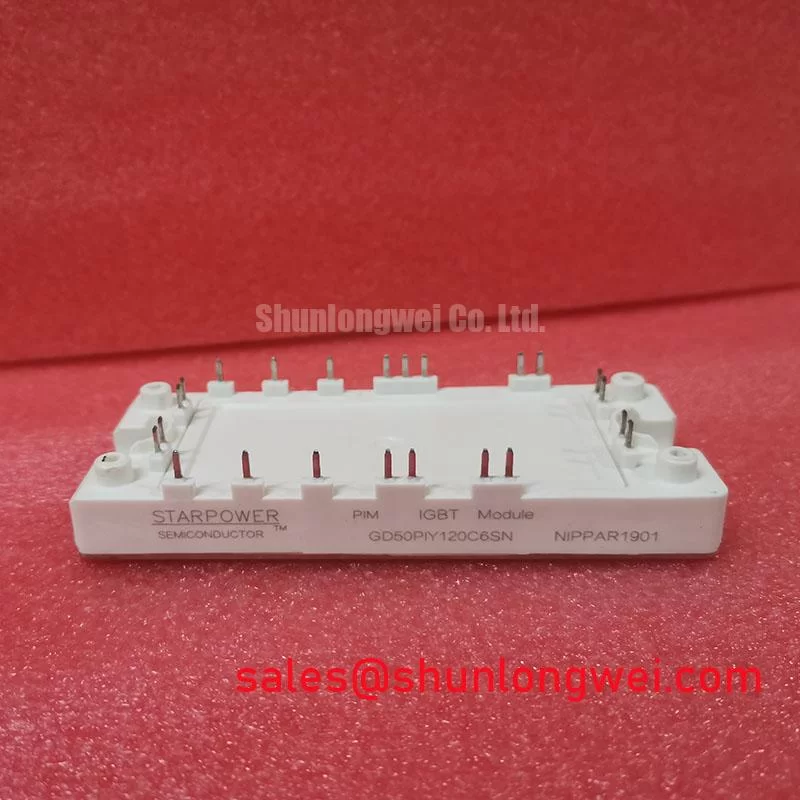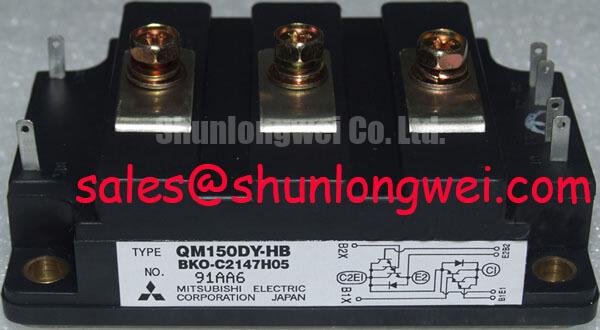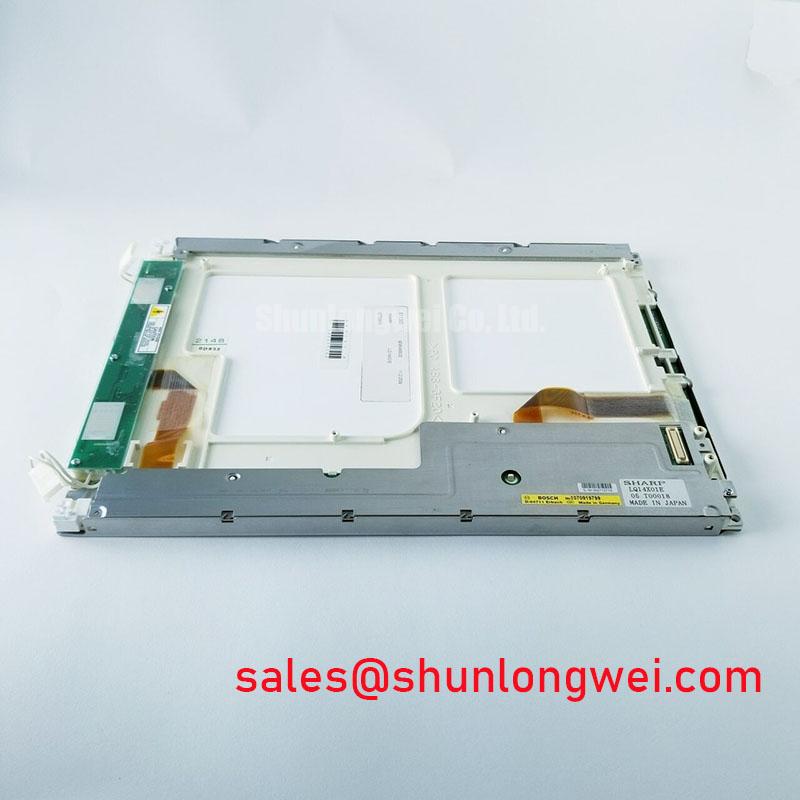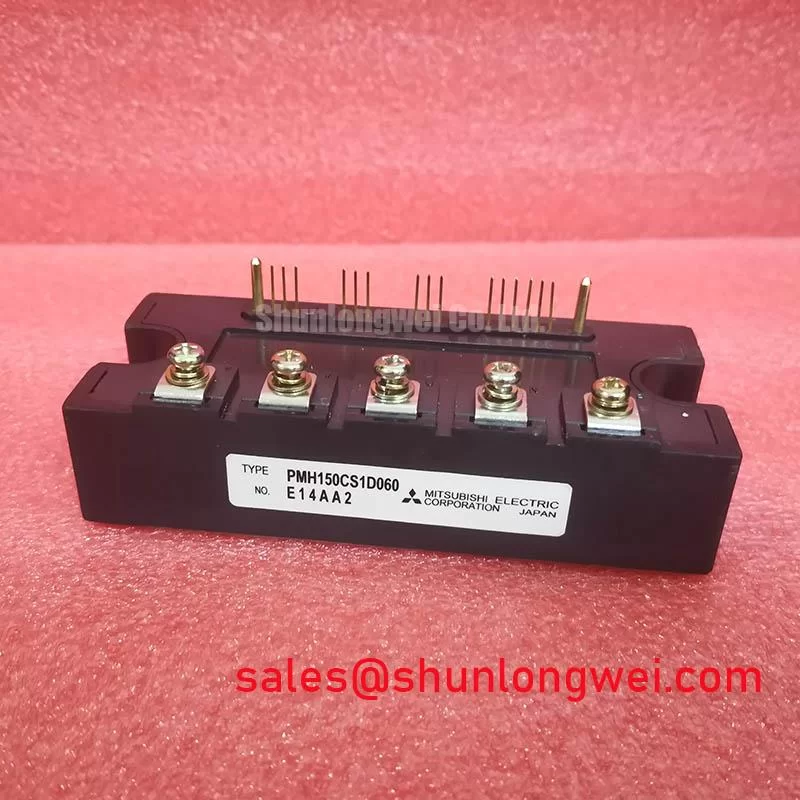LTM150XH-L06: 15.0-inch XGA TFT-LCD for Legacy System Integration
Technical Specifications and Engineering Analysis
Content last revised on October 19, 2025.
The Samsung LTM150XH-L06 is a 15.0-inch color TFT-LCD module engineered to provide a reliable display solution for legacy industrial and medical equipment. Its value is centered on seamless hardware integration, ensuring continuity for systems designed around its core specifications. With key parameters of 1024x768 XGA | 250 cd/m² Brightness | 1ch 6-bit LVDS Interface, this panel offers two primary engineering benefits: it ensures complete hardware backward compatibility and significantly reduces the redesign costs typically associated with platform upgrades. For engineers tasked with maintaining or repairing existing industrial HMIs or medical diagnostic machines, the LTM150XH-L06's native XGA resolution and CCFL backlight architecture present a direct, cost-effective component path. What is the primary benefit of its CCFL backlight design? It allows for direct connection to existing high-voltage inverters, eliminating the need for system-level re-engineering.
Key Parameter Overview
Decoding the Specs for Legacy System Integration
The technical specifications of the LTM150XH-L06 are foundational to its role in maintaining long-lifecycle equipment. Each parameter is critical for validating its suitability as a drop-in replacement, ensuring that both mechanical fit and electronic signaling align with existing system designs. The following table highlights the core attributes derived from the official datasheet.
| Parameter | Specification | Engineering Significance |
|---|---|---|
| Screen Size | 15.0 inch (38.1 cm) | Standard industrial size, ensuring mechanical compatibility with a wide range of existing enclosures and panel mounts. |
| Resolution | 1024(RGB) x 768, XGA | Classic 4:3 aspect ratio native to many legacy HMI and control applications, preventing software scaling issues. |
| Display Technology | a-Si TFT Active Matrix | A mature and reliable TFT-LCD technology known for its stability and predictable performance in industrial settings. |
| Luminance | 250 cd/m² (Typ.) | Provides sufficient brightness for typical indoor industrial, laboratory, and commercial environments. |
| Interface | LVDS (1 ch, 6-bit) | A widely adopted standard for its era, the LVDS Interface simplifies connection to existing controller boards without signal converters. |
| Backlight System | 2 CCFL (Cold Cathode Fluorescent Lamp) | Critical for legacy compatibility, as it interfaces directly with existing external high-voltage inverters. |
| Viewing Angle | 60/60/40/60 (L/R/U/D) (Typ.) | Defines the optimal viewing cone for an operator, a key consideration for fixed-mount HMI panel ergonomics. |
| Power Consumption | 8.1W (Typ.) | Establishes the thermal load for the system, an important factor for enclosure ventilation and reliability calculations. |
| Operating Temperature | 0 ~ 50 °C | Suitable for controlled indoor environments such as factory floors, control rooms, and medical facilities. |
Download the LTM150XH-L06 datasheet for detailed specifications and performance curves.
Application Scenarios & Value
System-Level Benefits in MRO and Long-Lifecycle Equipment
The primary value of the LTM150XH-L06 lies in its ability to extend the operational life of existing capital equipment, a critical function in sectors where machinery lifecycles exceed a decade. Its design directly addresses the challenges of Maintenance, Repair, and Operations (MRO) for aging systems.
Consider a common engineering scenario: a manufacturing facility operates a fleet of panel PCs for process control, whose original displays are beginning to fail. A modern LED-backlit panel would necessitate a new LED driver, custom interface cables, and potentially firmware adjustments to the host controller. This path introduces significant engineering costs, validation time, and per-unit downtime. The LTM150XH-L06 provides a more efficient solution. As a form-fit-function replacement, it connects directly to the system's original LVDS output and CCFL inverter board. This transforms a complex re-engineering project into a straightforward component swap, preserving the system's validated state and minimizing operational disruption. This makes it an essential component for sustaining test and measurement devices, medical imaging consoles, and industrial HMI systems.
While the LTM150XH-L06 is purpose-built for these repair and maintenance applications, for new system designs where efficiency and higher brightness are paramount, an LED-backlit panel such as the G150XNE-L01 may offer a more forward-looking architecture. For similar legacy applications, the LQ150X1LGN2A also offers a comparable feature set.
Technical Deep Dive
A Closer Look at CCFL Backlight and LVDS Interface Integration
Understanding the two core technologies of the LTM150XH-L06—its CCFL backlight and LVDS interface—is key to successful integration. These features, while superseded in many new designs, are precisely what makes the panel invaluable for legacy support.
- CCFL Backlight System: The panel utilizes two Cold Cathode Fluorescent Lamps, which require a high-voltage AC supply from an external inverter. This design choice is significant; it decouples the high-voltage generation from the sensitive TFT logic board. From an MRO perspective, the CCFL system has a predictable failure mode. Unlike an LED backlight where a single string failure can create an immediate dark patch, CCFLs tend to dim gradually over their typical 50,000-hour lifespan. This behavior can provide advanced warning of needed maintenance, a crucial benefit detailed in guides on total cost of ownership for industrial displays.
- LVDS Interface: The 1-channel, 6-bit LVDS interface is a robust digital standard that was ubiquitous in industrial and computing applications. Think of it as the universal serial bus of its time for displays—highly standardized, reliable, and well-understood by system designers. It transmits data with low electromagnetic interference (EMI), which is a benefit in sensitive industrial or medical environments. This native interface avoids the signal integrity challenges and potential points of failure that can be introduced by using adapters or signal converters.
Frequently Asked Questions (FAQ)
Engineering Inquiries on Integration and Longevity
What are the specific requirements for the CCFL backlight inverter for the LTM150XH-L06?
The LTM150XH-L06 requires an external inverter capable of supplying the specified lamp voltage (Typ. 680Vrms) and current (Typ. 6.0mA) for its dual CCFLs. The inverter must be matched to these electrical characteristics to ensure proper brightness, stable operation, and to maximize the backlight's operational lifespan.
Does the 6-bit LVDS interface limit the color depth of this panel?
Yes, a 6-bit LVDS interface natively supports 262,144 colors (64 levels per primary color). This color depth is standard for the applications this panel was designed for, such as industrial GUIs and diagnostic displays, where distinct color representation is more critical than photorealistic gradients.
How does the 250 cd/m² brightness perform in a typical industrial environment?
A luminance of 250 nits is well-suited for indoor applications with controlled ambient lighting, such as a factory floor, control room, or laboratory. The panel's anti-glare surface treatment further enhances readability by diffusing reflections. It is not intended for direct sunlight or very bright outdoor environments.
Is the LTM150XH-L06 a suitable replacement for other 15.0" XGA panels?
It can be a strong candidate, provided the key specifications align. Engineers must verify the LVDS pinout, backlight connector type, inverter specifications, and physical dimensions against the original panel's datasheet to confirm compatibility before making a substitution.
Strategic Value for System Longevity
The LTM150XH-L06 represents more than just a display component; it is a strategic tool for asset management. By providing a direct, compatible replacement for aging screens, it allows organizations to defer costly, full-system upgrades and extend the return on their initial investment. For engineering and procurement teams managing long-term product support or internal MRO, securing a supply chain for such components is a critical element in maintaining operational readiness and controlling lifecycle costs. A deeper understanding of display technologies can be found in The Ultimate Guide to TFT LCD.


